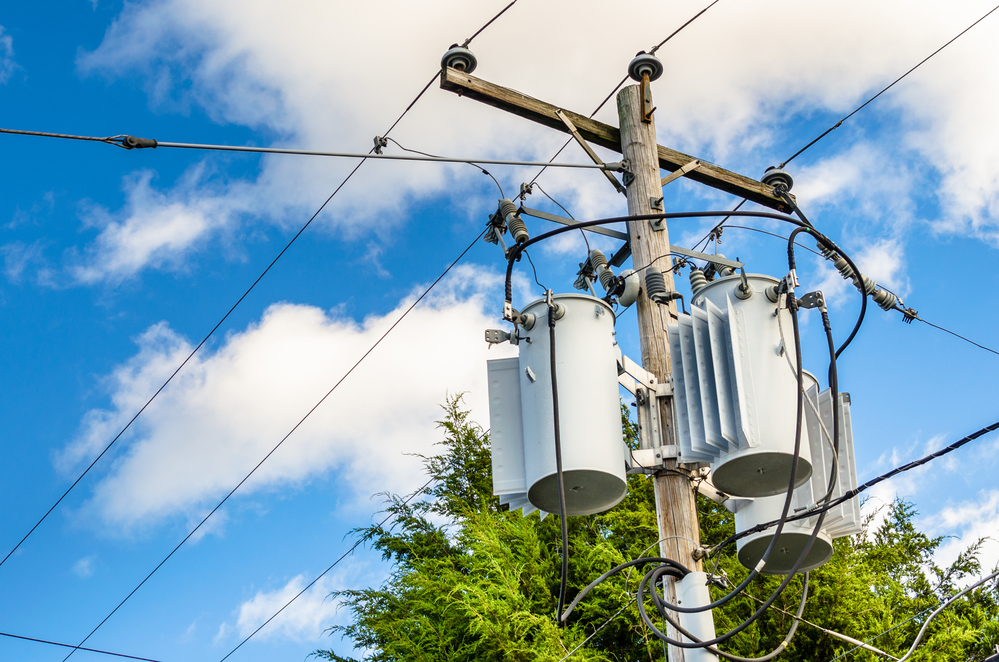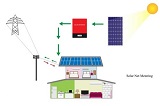As the demand for EVs ramps up, and demand for clean energy is on the rise, Ontario’s aging electrical grid is posing a challenge for the electrification and sustainable incentives within the province. Presently in Ontario 7% of energy comes from renewable resources such as wind and solar power, with only 6% coming from natural gas, and there are plans to significantly increase clean energy generation.
According to the Independent Electricity System Operator (IESO), the average age of an electricity distribution transformer in Ontario is no less than 38 years old. Officially vintage. Many of these transformers will need to be replaced in the next few years, and we’ll have to plan for this transition carefully.
Looking back in time
The electrical grid in Ontario as we know it today was built in the 1950s and 1960s. At that time, Ontario was a rapidly growing province with a booming economy, and the electricity demand was high. Subsequently, the provincial government saw the development of an extensive electrical grid as a crucial part of its economic development strategy to match the demand.
Over the past few decades, the electricity demand has grown more slowly than it did in the 1950s and 1960s due to several factors, including the introduction of energy-efficient technologies and changes in the way we use electricity. As a result, many parts of our electrical grid are now operating well below capacity.
The rise of EVs, and a societal shift geared towards electrification in recent years has only increased the strain on the grid, as the demand for electricity is now growing once again.
As per the Narwhal, The Independent Electricity Systems Operator projects that current electricity capacity can meet the province’s energy needs until the mid-2030s. But industry experts say that projection is generous and that it will change drastically. As we look to the future and the electrification of transportation, it’s important that we consider how to upgrade and adapt our electrical grid so that it can meet the challenges of tomorrow.
The big picture
Today transportation accounts for 35% of the greenhouse gas emissions in Ontario. This means that reducing emissions from transportation is a key part of any plan to make the province more sustainable.
Solar and electric vehicles offer a cleaner, greener alternative to traditional petrol-powered vehicles, especially in provinces with abundant clean energy or “low-emitting” grids.












